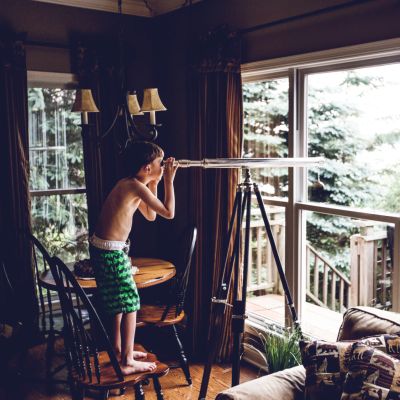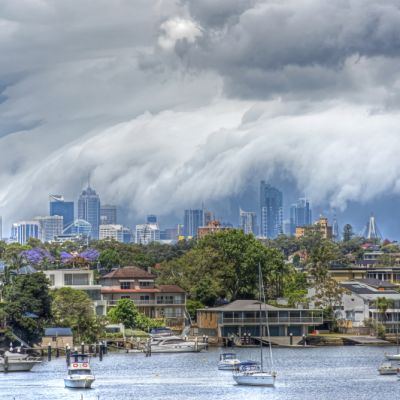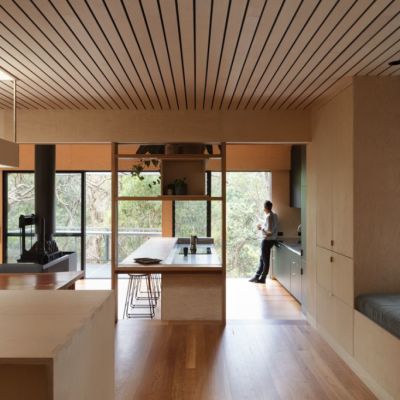7 crucial things to consider before renovating
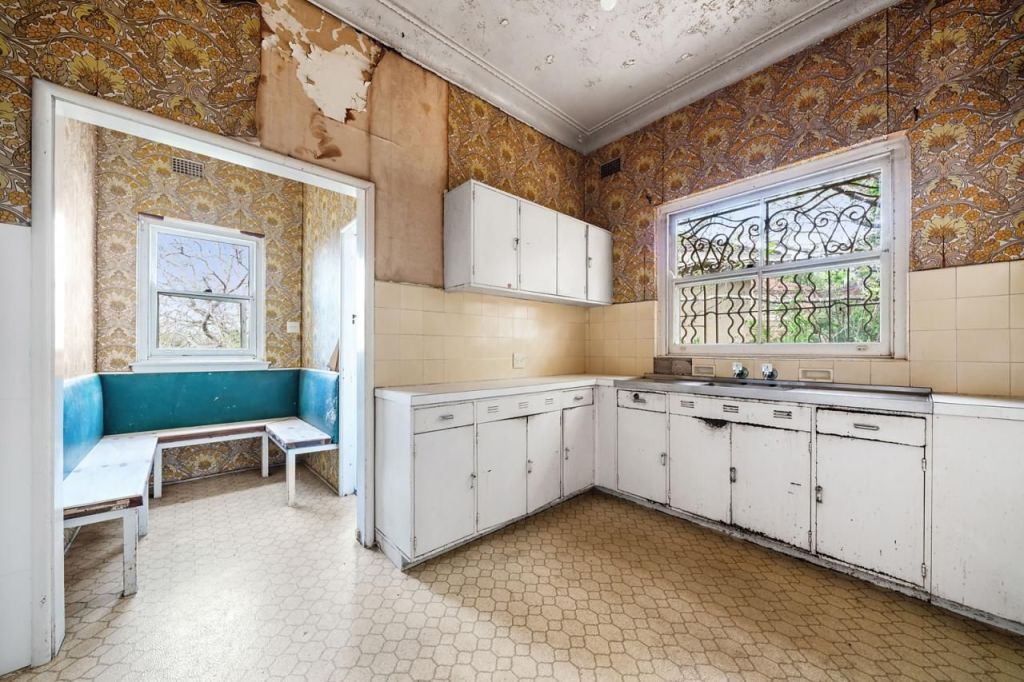
Thinking about turning your under-house area into a teen hangout or your attic into a parents’ retreat? Before donning your tool belt, here are seven lesser-known things to consider that could save you a lot of drama (and money) down the track.
1. Flooding
Sydney architect Jo Gillies says building regulations and codes are always changing, so renovations can require more due diligence than a new build.
Building in underneath if you’re in a flood zone is one example. “If you don’t get a revised hydraulic statement from an engineer, you’ve got a very slim chance of getting it through council,” says Gillies, the director of Archisoul Architects.
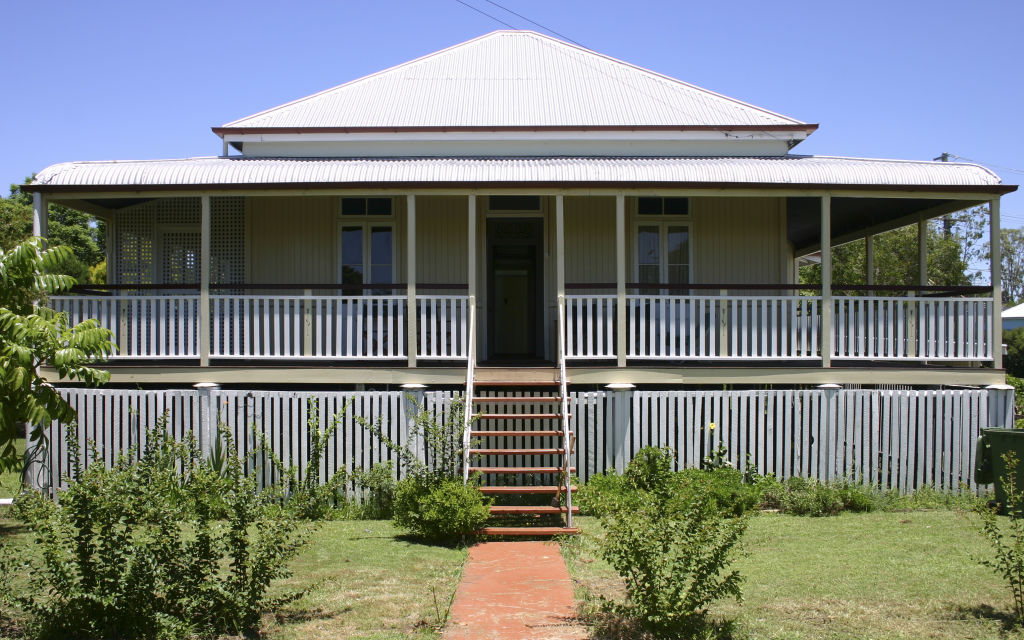
“They have hydraulic engineers who’ll check whether things are done to code and you’ve met requirements for flood mitigation procedures.”
This may include putting in extra forms of drainage, she says.
More importantly, you may risk getting flooded. During a 2017 deluge, this happened to a client of Gillies who lives on Narrabeen Lake.
“Water broke the sandbags and went into the bottom part of their house. We had to pull it down and start from scratch because the foundations rotted. Fortunately, they were able to claim on insurance because their house was built during a different era.”
2. Insurance issues
Speaking of insurance, Gillies says if your renovation isn’t certified by professionals as meeting codes like the National Construction Code, you’re likely to pay a higher premium or be refused insurance altogether.
And be sure your insurance is appropriate. A couple Gillies knows whose home was severely damaged in the Brisbane River floods of 2011 wound up in a protracted court case with their insurance company.
“It was devastating for them,” she says. “They were already under enough stress from the flood.”
Nick Begg, owner and chief executive of Building Inspectors Adelaide, advises talking to your insurer or an insurance broker to examine what is and isn’t covered by the policy you have or are looking to take up. “Often building issues due to fault in the build standard could mean they won’t pay,” he says.
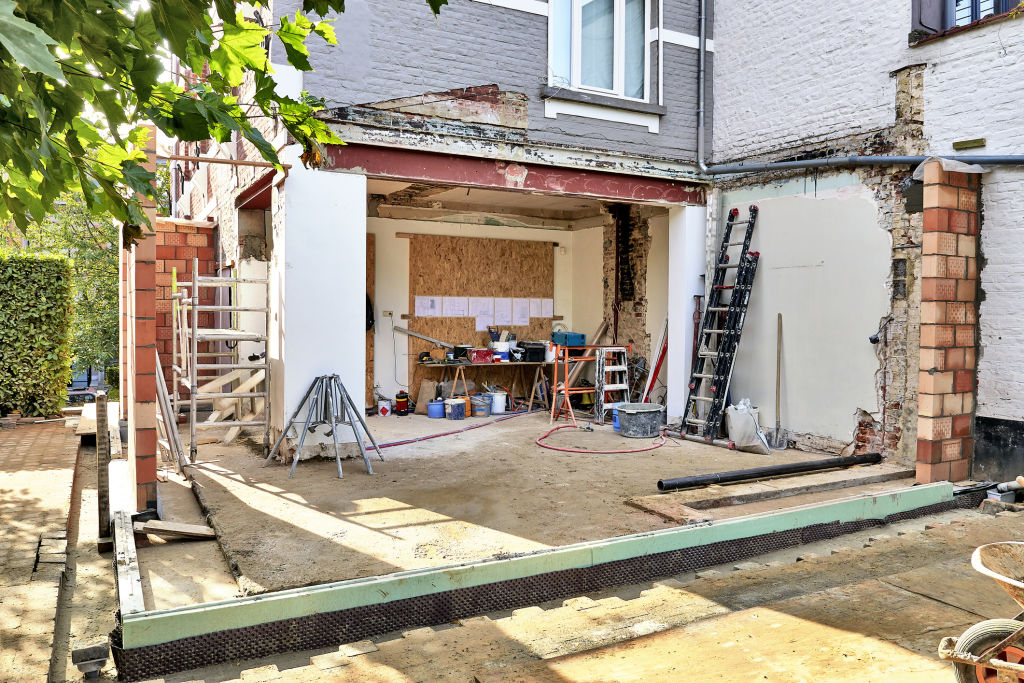
3. Habitability
Begg adds a common problem they see is “bad garage or porch renovations”. He says turning your shed, garage or porch into a habitable area requires approval.
Rooms need to have adequate ventilation, safety items like smoke detectors, insulation, and both natural and appropriate lighting, he says.
“These rooms also need protection from rising damp. Many garages and porches don’t have plastic under foundation to keep damp at bay and termite management often isn’t considered for external areas originally built for other purposes.”
Gillies adds that inadequate ventilation in a flood-prone area can lead to black mould, which can have nasty health ramifications. Ventilation is also important if you’re going up, such as creating a living space in an attic, she says.
4. Footings
Furthermore, going up requires adequate foundations. Gillies says turning your attic space into a living area is a great idea, but only if footings are strong enough to take the structural load.
With timber footings, you must also ensure termites haven’t gotten into them, “so you’re not renovating on a house that’s about to fall down”.
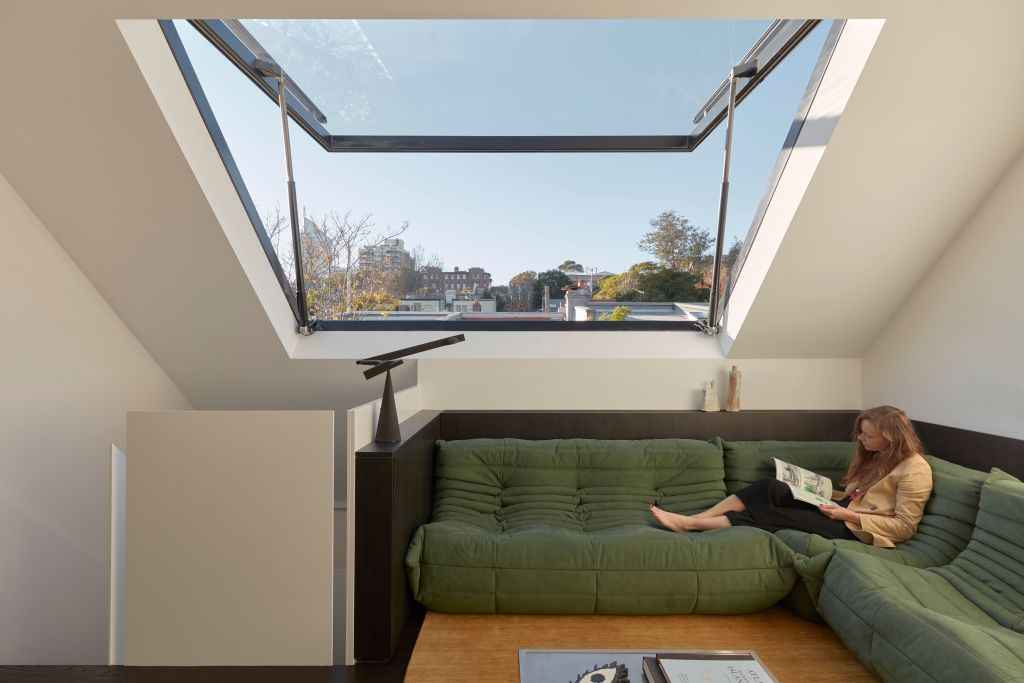
5. Bushfires
Gillies says you may also need to consider bushfire risk, which is categorised on the Bushfire Attack Level (BAL) scale. The BAL rating will determine which precautions need to be put in place. For example, one of her designs for an attic bedroom in an area rated BAL 29 required special precautions around the windows.
Begg says last summer’s devastating fires have highlighted this issue. “We heard many horror stories of home owners who were not insured for improvements or dramatically under-insured, which meant they weren’t able to replace like with like,” he says.
6. Resale value
Begg adds that “a dodgy renovation can prevent a sale or reduce a sale price as the buyer perceives a risk from the renovated areas not being approved”.
7. Electrical safety
Oliver Saunders, director of Saunders Electrical Group and Clipsal partner, advises installing safety switches to protect people from electric shocks. Arc fault detection devices can also save lives by immediately isolating circuits when an arc fault (eg. due to damaged cables) is detected, says the licensed electrician.

Surge protection devices help protect from transient voltage surges, he says. “Another suggestion is to install smoke alarms that interlink from room to room.”
He adds that “if you haven’t used suitably licensed tradies for things like electrical and plumbing, then insurance companies may not approve your claims of damage.”
Gillies says a registered architect can pull an expert team together but don’t be afraid to question their experience. “They could have the most beautiful portfolio in the world, but if they’ve never worked on a house in a natural disaster zone, you’re going to be the guinea pig.”
We recommend
We thought you might like
States
Capital Cities
Capital Cities - Rentals
Popular Areas
Allhomes
More
